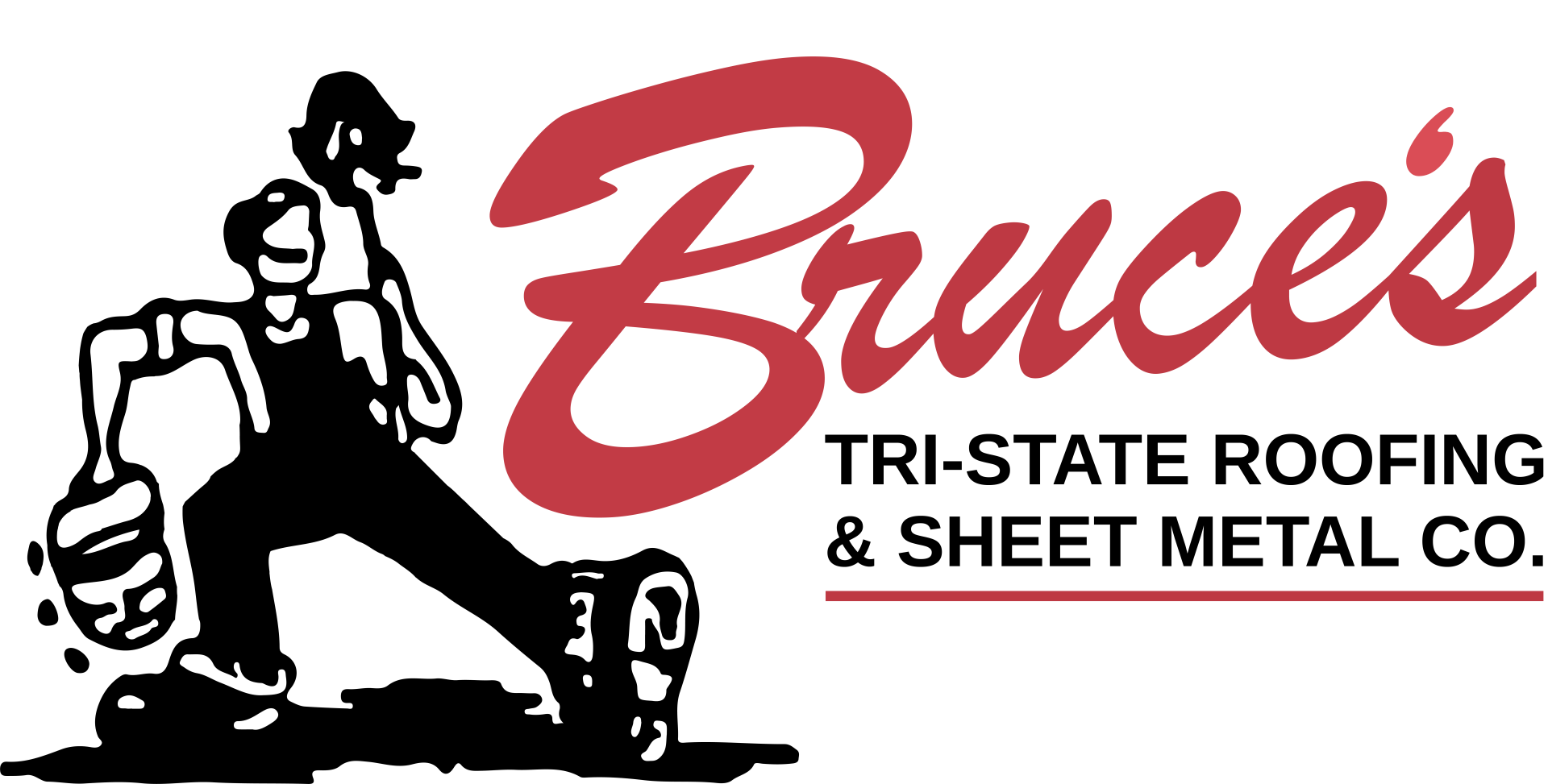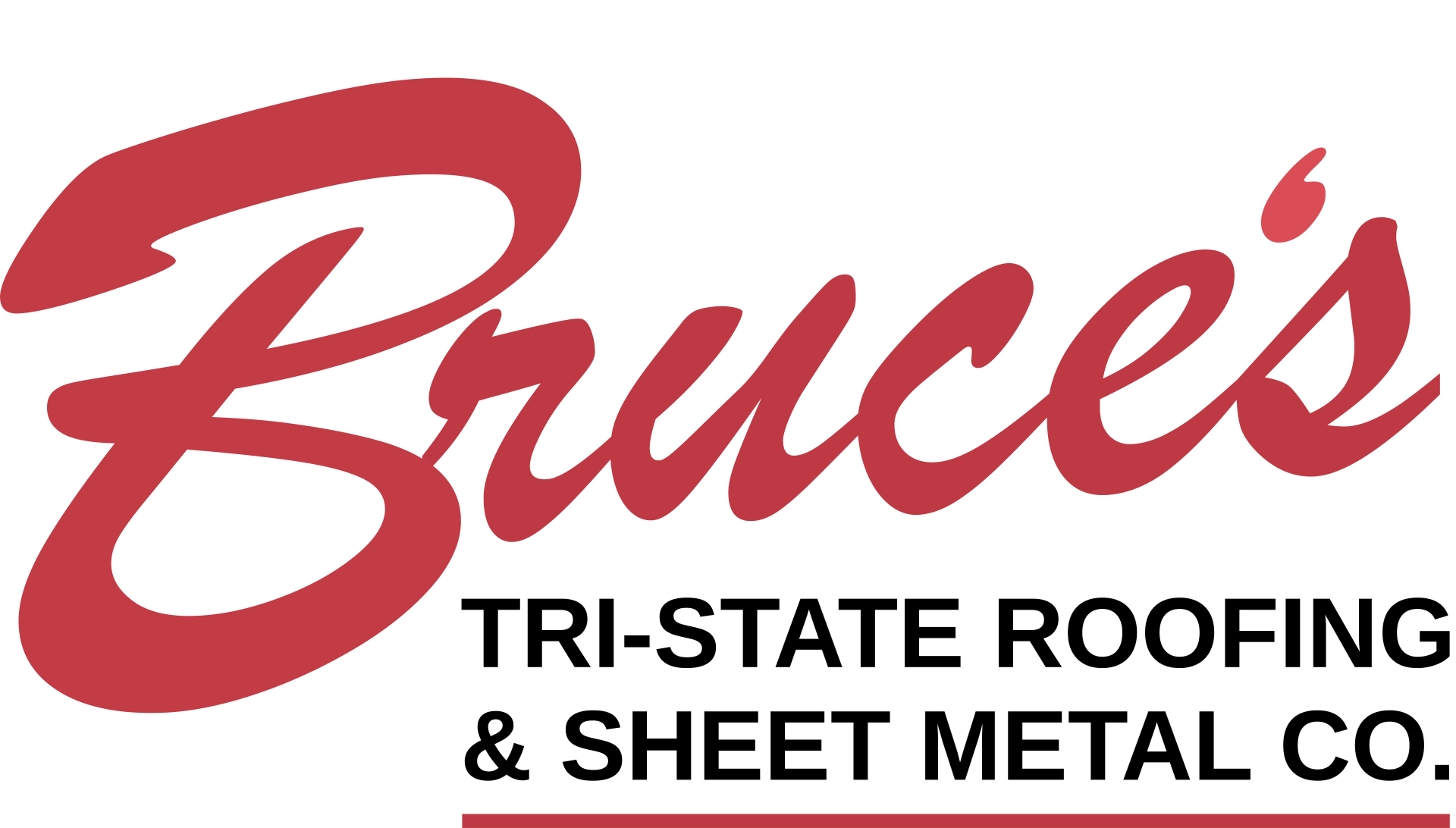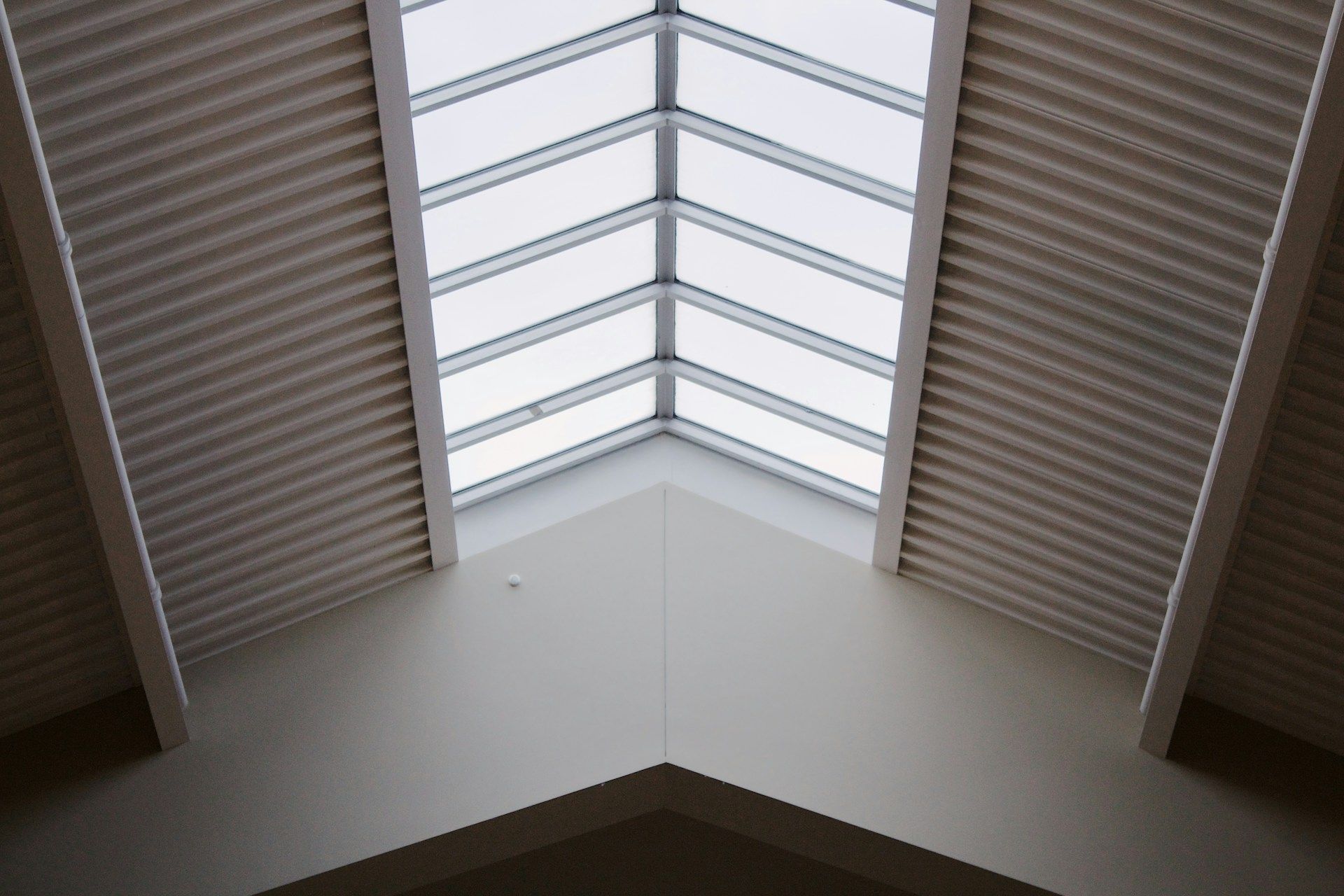Roof wind damage is a concern many residents in Owensboro, KY can relate to, especially during the stormy spring season. When strong winds blow through, they don't just rustle leaves or knock over your backyard chair; they can also wreak havoc on roofs. This can lead to unexpected and expensive problems. If you are a homeowner in this area, you might have already found a few shingles on the ground after a windy night or noticed pieces missing when you look up at your roof. If so, it's essential to understand what steps to take next.
This article dives into the details of roof wind damage. Don’t stress, though—we’re here to help guide you through solutions that can address these issues quickly and effectively. So, if you've been wondering how to tackle this problem, keep reading to learn about practical steps you can take and how professionals can make the process easier.
Identifying Wind Damage
Wind damage isn't always obvious, especially if you’re not sure what you’re looking for. Here are some common signs that your roof might have been compromised by recent winds:
- Missing or lifted shingles: The most apparent sign is when shingles are missing or look like they are being peeled up. This can often be seen from the ground, especially at the edges of your roof.
- Dented or damaged flashing: Flashing, the metal pieces around your chimney, vents, and roof edges, can get bent or dislodged by strong winds.
- Granule loss: Shingles have a rough, sandpaper-like surface that helps to protect them. If you notice a lot of granules in your gutters or on the ground, it might indicate roof wind damage.
Different materials react differently to wind. For example, asphalt shingles might be dislodged, while metal roofing might show more subtle damage like dents. Tile roofs can crack, even if the tiles look intact from afar.
Once you suspect wind damage, it's wise to start with some initial checks to prevent further issues. Begin by walking around your home and checking for fallen shingles or tiles. Use binoculars for a closer look at the roof without climbing up. However, safety is important, so avoid getting on the roof yourself. Instead, this simple inspection can help you assess the situation and decide if professional help is needed.
Temporary Fixes to Prevent Further Damage
Addressing wind damage quickly can prevent a small issue from becoming a major repair job. Temporary fixes are essential when you need to protect your home from water getting in until professionals arrive. Here are a few straightforward solutions:
- Cover exposed areas: A tarp can be your best friend. Secure it with heavy-duty staples or nails, keeping it taut to avoid water pooling. Ensure the edges are tightly wrapped under undamaged shingles for maximum protection.
- Reattach loose shingles: Use roofing cement to tack down any shingles that seem loose but not lost. This helps prevent them from being blown off entirely in the next storm.
- Seal roof edges: If sections of the flashing have become loose, gently tap them back into place with a hammer. A bit of roof sealant can help to ensure they stay put.
These temporary actions are important in safeguarding your home against further weather-related problems. Always remember that safety is paramount. It's better to delay these fixes until conditions are right than to risk injury by going up on the roof in bad weather.
Calling a Professional Roofer for Inspection
After implementing some temporary fixes, getting a professional inspection is crucial to assess the full extent of the damage and plan proper repairs. A professional can offer an expert eye to spot things that might not be visible to you.
When a roofer arrives, they'll likely look for signs such as hidden leaks or structural damage that's not immediately obvious. Expect them to ask questions about recent weather conditions and any noticeable problems, like indoor leaks or ceiling spots. They may use specialized equipment to ensure that no issues are overlooked, like moisture meters or drones for roof assessments.
Hiring a reputable local roofer ensures you have the best plan for a robust repair tailored to the conditions in Owensboro, KY. With their expertise, you can feel confident that your roof will stand up to future weather events. Additionally, they will offer guidance on materials that perform best against strong winds in this region.
Long-Term Repair and Prevention Measures
For long-term solutions, it’s essential to repair the damage and fortify your roof against future events. This often involves replacing damaged shingles or other materials with more durable options. Consider materials designed to withstand strong winds, like impact-resistant shingles or metal roofing, which can offer better resistance and longevity.
Here are some tips for long-term roof care:
- Upgrade materials: Choose roofing products with a higher wind resistance rating, particularly ones that have shown success in areas like Owensboro. Products like laminated asphalt shingles can provide improved protection.
- Regular maintenance: Regularly inspect and maintain your roof to catch minor problems before they escalate. Clean gutters and remove debris that could cause water pooling and potential damage.
- Fortify current structures: Strengthening existing roof structures, such as adding supports or improving the roof's anchor system, can help your roof resist strong winds.
If you follow these steps, your roof will stand stronger against Kentucky's unpredictable weather, lowering the risks of damage with each storm and making future maintenance easier.
Keeping your home protected starts with taking care of your roof. At Bruce's Tristate Roofing, we understand how challenging roof wind damage can be, especially in Kentucky's unpredictable weather. Trust our skilled team to provide top-notch care and solutions tailored to your specific needs. To learn more about how we can help with your roofing concerns, including solutions for roof wind damage, reach out to us today. Your peace of mind is just a click away.





